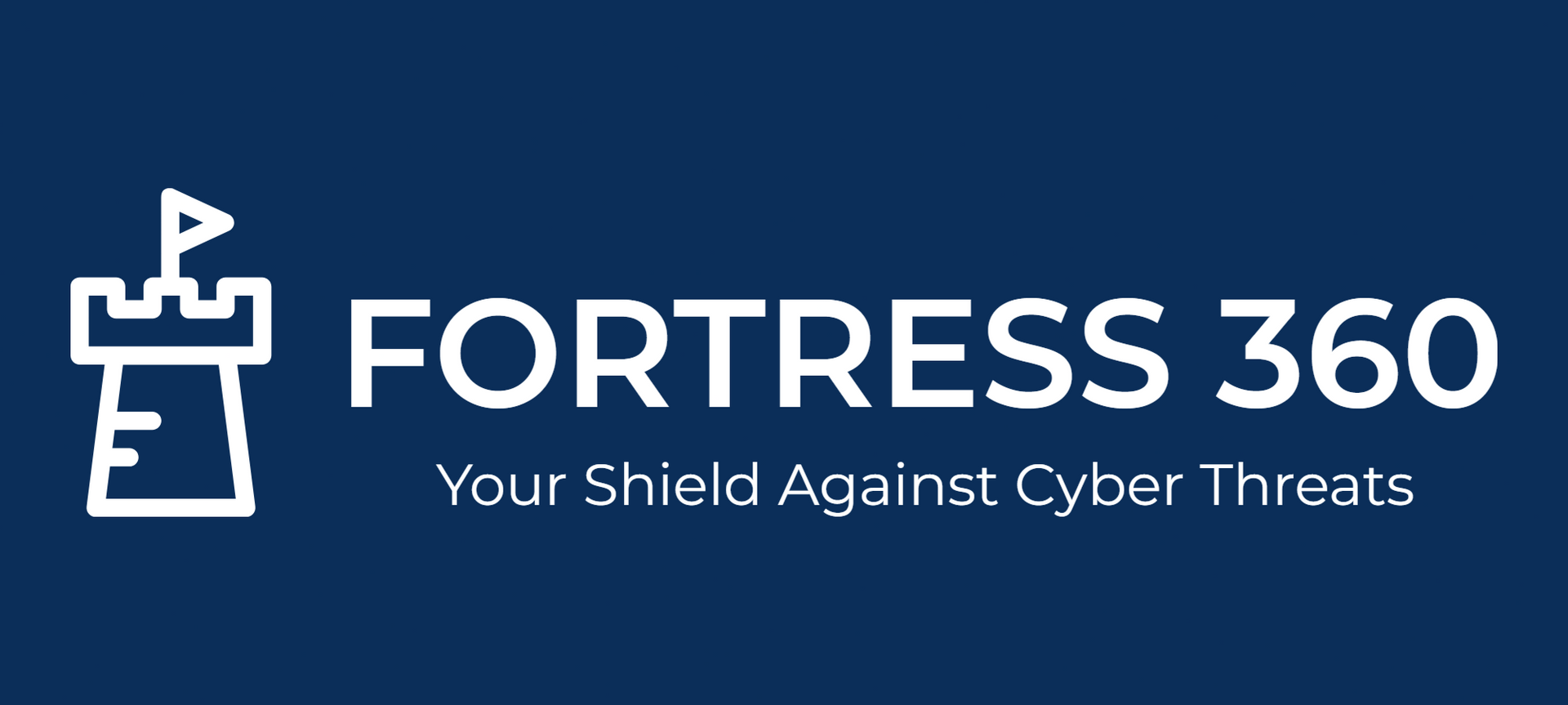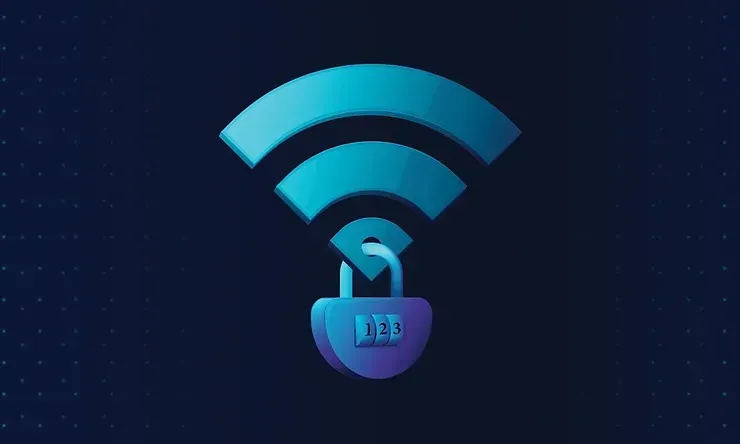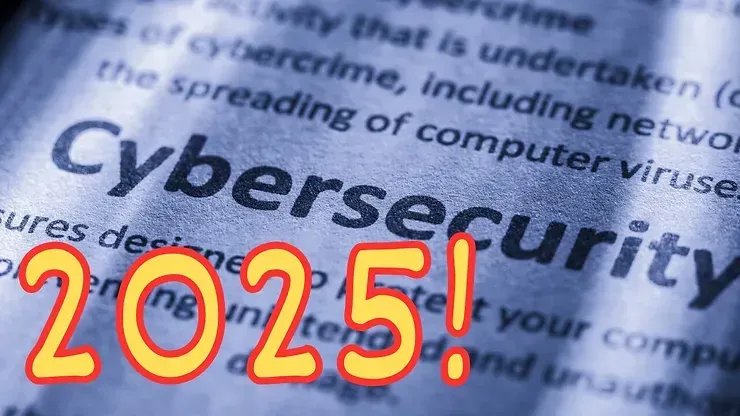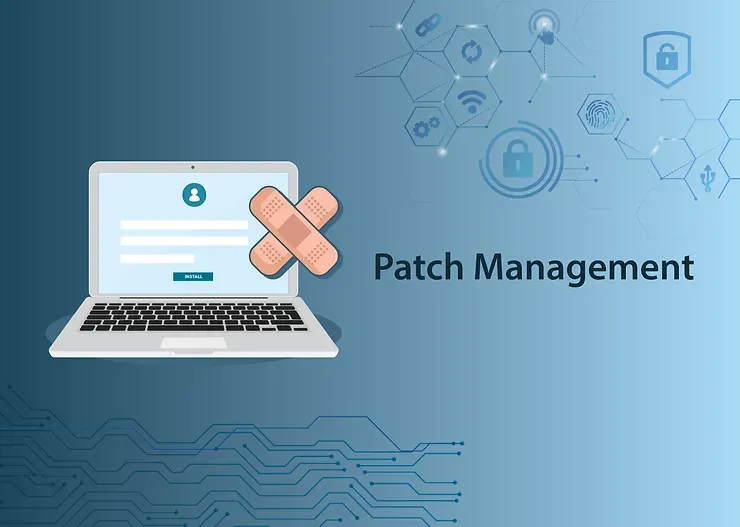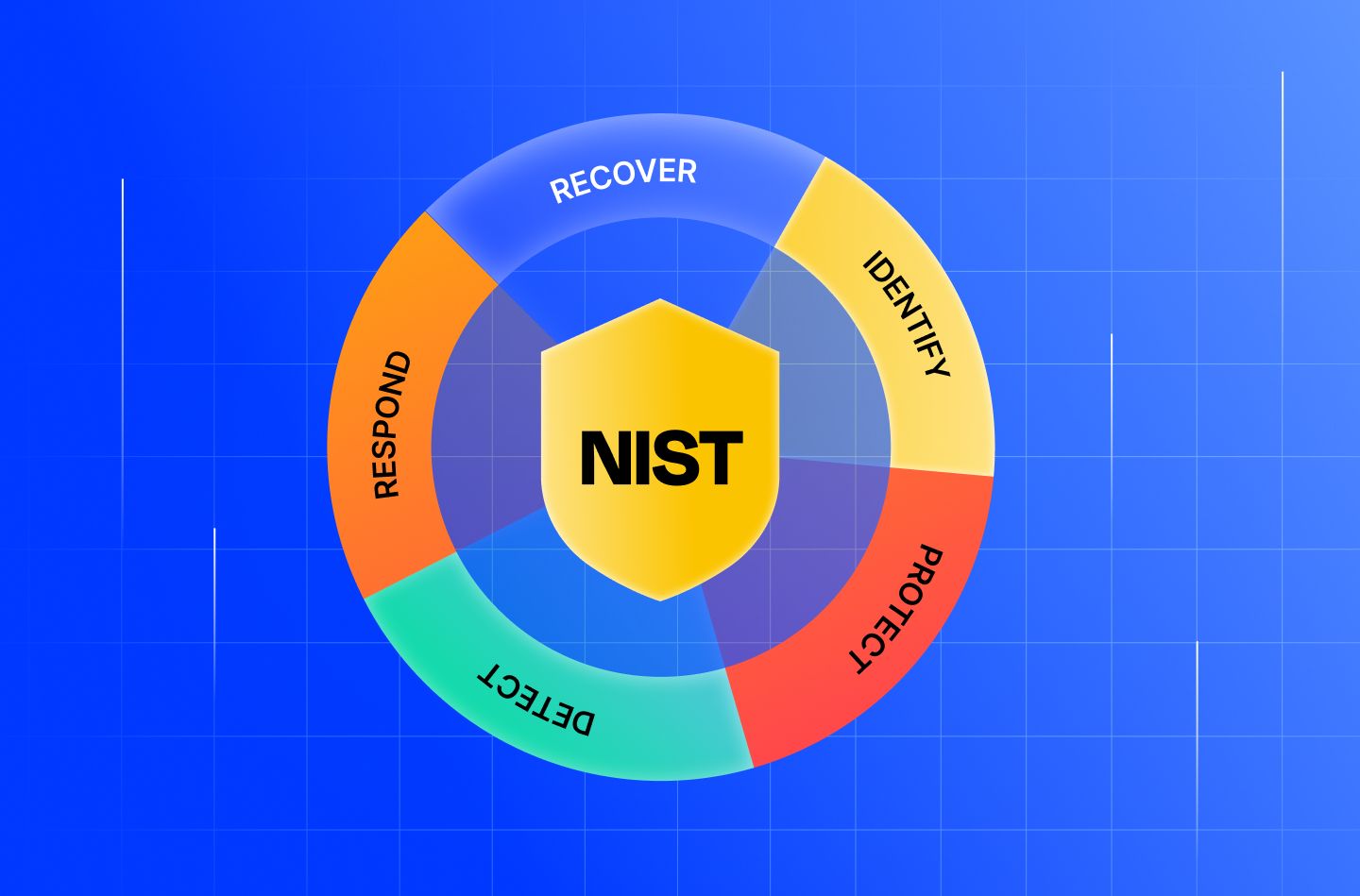FORTRESS 360 BLOG
Decoding the Digital Threat: What is a Cyber Attack?

The term "cyber attack" is thrown around frequently. But what does it truly mean, and how does it impact your business? Simply put, a cyber attack is any malicious attempt to disrupt, damage, or gain unauthorized access to computer systems, networks, or digital devices. These attacks can range from simple nuisances to catastrophic breaches that cripple operations and compromise sensitive data.
Imagine your business as a fortress. A cyber attack is like an enemy trying to breach its walls, whether by scaling the ramparts, digging tunnels, or sneaking in through an unguarded entrance. The goal? To steal valuable resources, disrupt your defenses, or hold your fortress hostage.
For small businesses, the misconception that "we're too small to be a target" is a dangerous myth. Cybercriminals are opportunistic, and even a small business can be a stepping stone to larger targets or a source of valuable data. Understanding the different types of cyber attacks is the first step in building a robust defense.
The Arsenal of Cyber Attacks:
Cybercriminals have a diverse arsenal of attack methods. Here are some of the most common types:
- Phishing: This involves deceptive emails, messages, or websites designed to trick individuals into revealing sensitive information like passwords or credit card details. Think of it as a con artist using digital disguises.
- Malware (Malicious Software): This umbrella term covers various types of harmful software, including viruses, worms, and Trojans. Malware can corrupt files, steal data, or even lock down entire systems.
- Ransomware: A particularly devastating form of malware, ransomware encrypts your data and demands a ransom for its release. It's like a digital hostage situation.
- Denial-of-Service (DoS) and Distributed Denial-of-Service (DDoS) Attacks: These attacks flood a target system with traffic, overwhelming its resources and making it unavailable to legitimate users. Imagine a mob blocking the entrance to your business.
- SQL Injection: This attack targets databases, allowing hackers to manipulate or steal data by injecting malicious code. It's like finding a secret back door to your data storage.
- Man-in-the-Middle (MitM) Attacks: Hackers intercept communication between two parties, secretly eavesdropping or manipulating the data being exchanged. Think of it as a hidden listener on a phone call.
- Zero-Day Exploits: These attacks exploit vulnerabilities in software that are unknown to the developer, giving hackers a window of opportunity before a patch is available.
- Insider Threats: These can be malicious or accidental actions from within your own company. A disgruntled employee or a simple mistake can lead to data breaches.
Protecting Your Digital Fortress:
Understanding these threats is crucial for building a strong cybersecurity posture. As a cybersecurity MSP, we're here to help you navigate the complex world of cyber threats. We offer a range of services, from vulnerability assessments and threat detection to employee training and incident response, to ensure your business is protected.
Don't wait for a cyber attack to become a reality. Contact us today for a free consultation and let us help you build a digital fortress that can withstand any attack.

